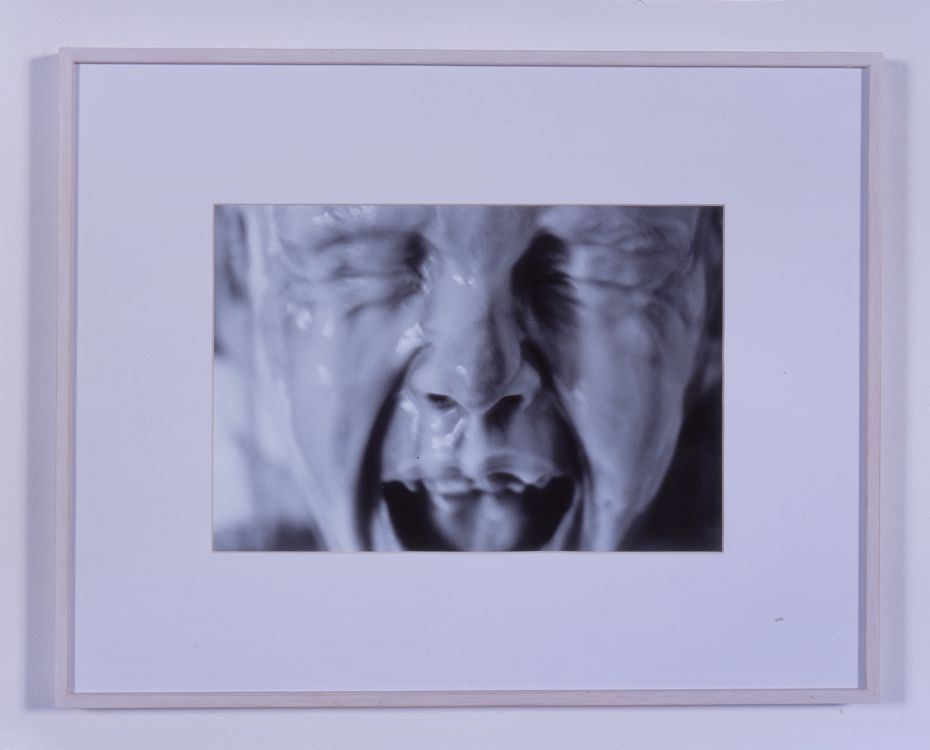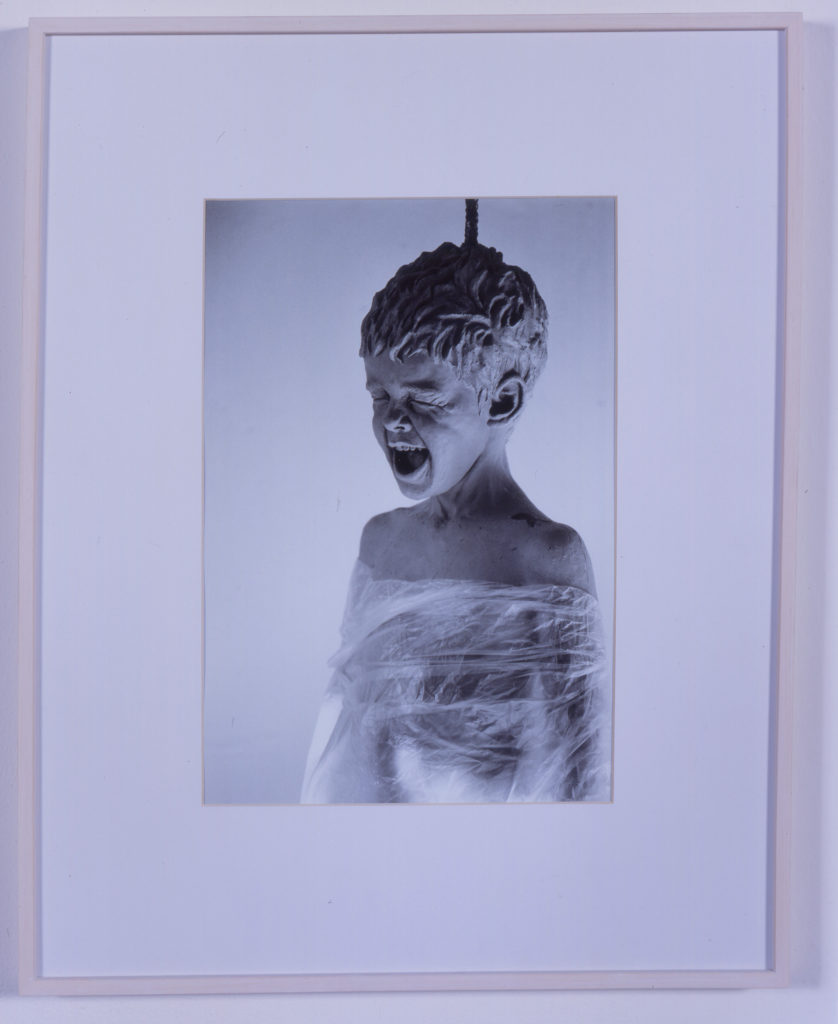Pia Stadtbäumer
Pia Stadtbäumer’s sculptures depart from the traditional three-dimensional rendering of the human body to express universal but absolutely contemporary questions related to identity, sexuality, illness, and violence. Friends or people in the artist’s family circle serve as her inspiration, but using photographs instead of models, she distances herself from the specificity of her subjects. While the sculptures are extremely accurate and even detail the finest wrinkles of the skin, they are not mimetic reproductions of the human body. A series of deformations of scale, color, and form create a tension between the figurative layout and the contemporary conception of sculpture as autonomous composition. The materials employed, such as wax, plaster, or impasto, are quite different from the dignified classicism of the bronze or marble surfaces typical of traditional sculpture, and they refer instead to models used in anatomy to study the human body and its possible alterations. The artist installs her figures in close relationship to the exhibition setting. Her attention to the architectural proportions of the space contrasts with the decorous humanist view of the body as a measure of the universe, and instead encompasses the contemporary constrictions that dictate our existence.Inspired by the figure of an approximately six-year-old child, Stadtbäumer molded Max, Screaming, 1997–98. Life-size, the sculpture dominates the surrounding space. The legs slightly spread and the rather large hands and feet connote a body that already contains the trace of future development and that seeks its own space in the surrounding world. The acid-yellow impasto amplifies the expression of the face, distorted into a grimace. The eyes are squeezed shut and the mouth gapes open in an undecipherable howl, perhaps an expression of joy, perhaps a manifestation of uncontainable grief. The installation also includes three black-and-white photographs, close-ups of the terra-cotta model that preceded the sculptural cast. Slight variations in scale from one image to the other, and particularly the insistence on Max’s face, seem to recall the academic tradition of têtes d’expressions, that vocabulary of faces held in extreme expressions, corresponding to specific moods. The reference to tradition, which often occurs in Stadtbäumer’s work, is exceeded and contradicted by a deliberate emotional ambiguity.
[MB]



